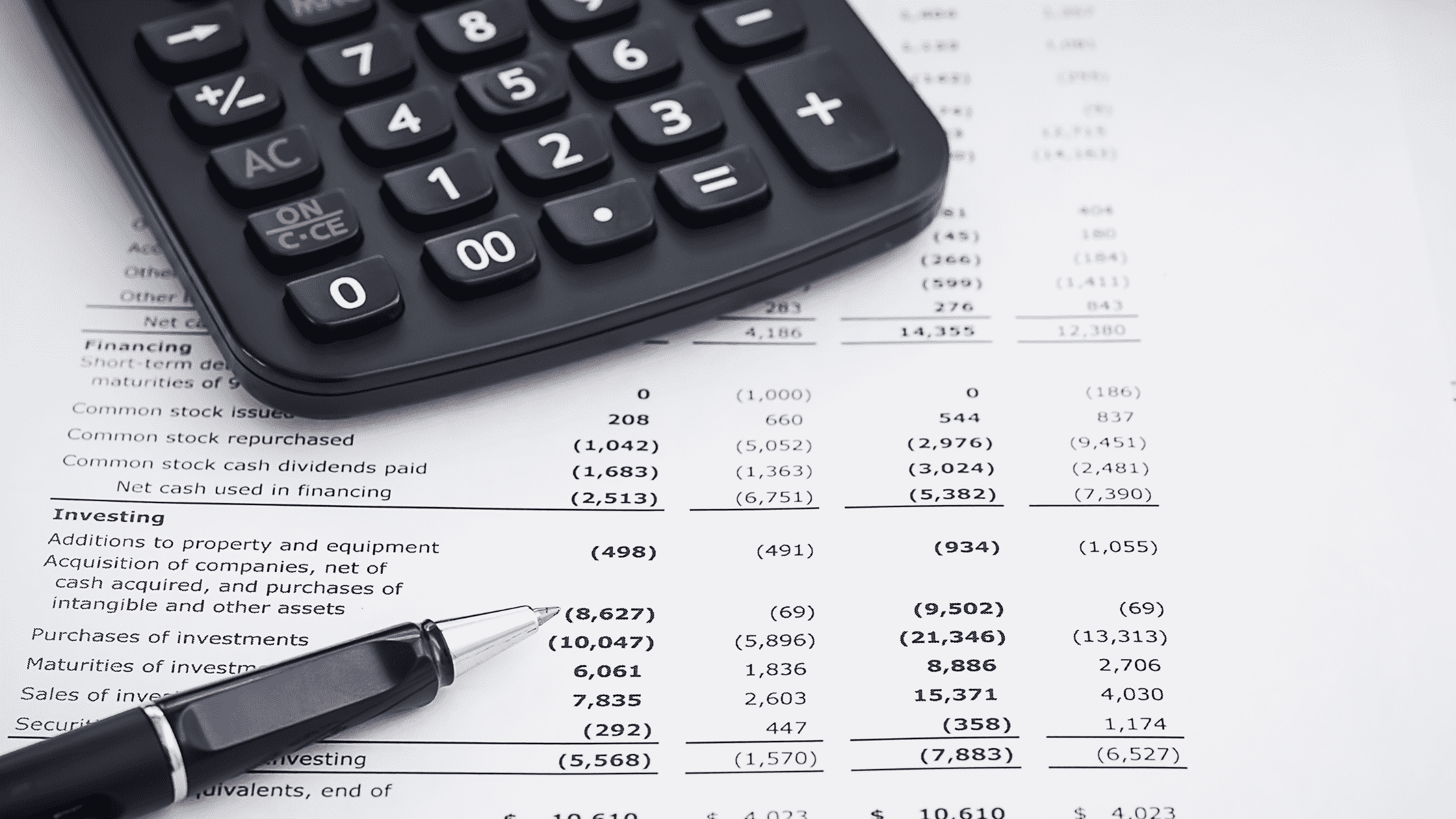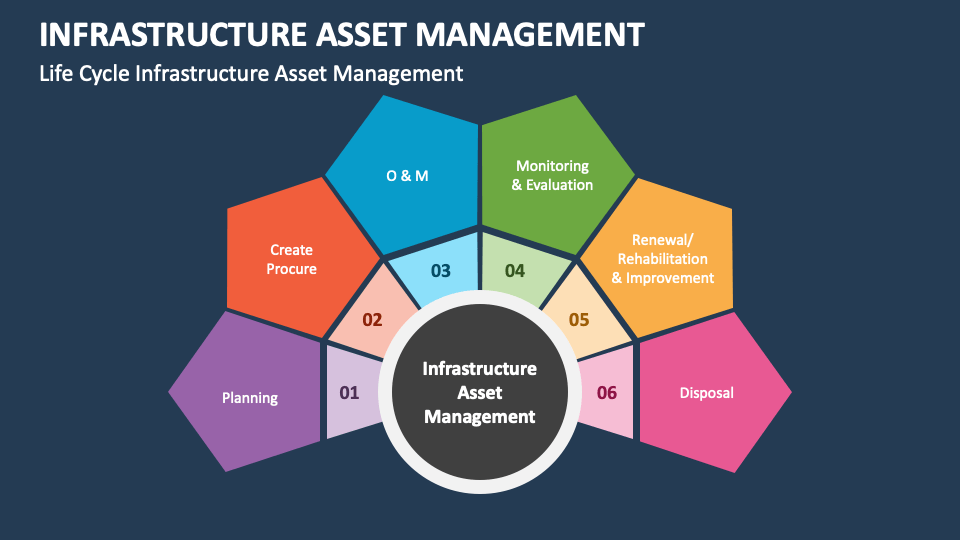As a business owner, you have probably invested in equipping your company with various assets, fixed assets being chief among them. Fixed assets are physical or intangible assets that a company uses in its business operations and cannot easily convert to cash. These assets are recorded on a company’s balance sheet and typically have a long-term useful life, making it essential to accurately account for Fixed Asset Depreciation to reflect their declining value over time.
Several software solutions for asset tracking, including tool and equipment tracking, non-IT asset tracking, etc., allow businesses to enhance their operational efficiency. These tools help companies not only know where their assets are located in real-time but also who is utilizing them and how they are being used. It gives companies a greater measure of control and ensures optimal utilization of the assets. However, it wouldn’t pay to ignore the fact that tools like most assets can lose their newness and decrease in value over time.
Typically, fixed assets last long, and companies invest in them, keeping their longevity in mind. With continued use, they age and begin to show signs of wear and tear. When we talk about fixed assets, we refer to buildings, office equipment, machinery, etc. Here, you must note that the land on which the office stands is not included in the list of fixed assets. Land doesn’t decrease in value. It is vital to understand the distinction. And when we further talk about asset depreciation, we will only discuss those assets with a limited lifespan.
Related Articles: Why Fixed Asset Management is Important and How to Automate It?
What is fixed asset depreciation?
Fixed asset depreciation is an accounting method used to allocate the cost of a fixed asset over its useful life. Depreciation expense is recorded on the company’s income statement, and the accumulated depreciation is reported on the balance sheet.
If you are a business owner, it is essential to be aware of the different tax implications of your business assets. This is especially true for fixed assets, which can be expensive to replace. Fortunately, you will be allowed to write off the cost of fixed assets over time through a process called depreciation. This can be a complex process, but this guide will provide you with all the information you need to get started.
Essentially, fixed asset depreciation helps companies with a tax write-off on their assets. It is a process used in accounting and includes everything related to the business, such as equipment, furniture, machines, software, vehicles, etc. In other words, fixed assets don’t generate revenue. You use the asset for a time and its value to report actual expenses instead of only the investment made when acquiring the asset.

How do you calculate fixed asset depreciation?
The depreciation of a fixed asset is calculated by subtracting the asset’s salvage value from its cost, then dividing that difference by the number of years in the asset’s useful life.
There are two ways to calculate fixed asset depreciation:
- The straight line method takes the total depreciation and divides it over the fixed asset’s productive life. In this method, the depreciation value of the asset will remain stable throughout its lifespan.
- The accelerated method of calculating fixed asset depreciation is a method of depreciation in which more depreciation is recognized in the early years of an asset’s life, and less is recognized in the later years. This results in a higher depreciation expense in the early years and a lower depreciation expense in the later years.
To clarify, suppose you buy an asset for INR 1,00,000, you could write off the amount in the year of the purchase, or you could write off the value over a specific period of its productivity.
Why is Fixed Assets depreciation important?
Asset depreciation helps businesses save on taxes and allocate future asset acquisition funds. Therefore, it pays to avail the benefits of fixed asset depreciation. For instance,
- Businesses can accurately state incurred expense from using the asset and compare it to the returns that the asset brings in, i.e., without depreciation, you could have inaccurate information like going below or over the asset’s cost.
- Businesses are also better able to report the correct net value of an asset. Since the asset’s value decreases over time through wear and tear, it would not be accurate to report only the original purchase value. You can subtract the overall depreciation cost from the initial price to ascertain the asset’s net book value.
- Fixed asset depreciation allows businesses to recover the original cost and makes it easier for companies to replace the aging asset. You can cover the asset’s cost over its usefulness duration instead of recovering the cost immediately.
- Companies can take advantage of tax regulations as asset depreciation makes for tax deductibles. Your taxable income can be lowered, leading to increased savings on taxes.
Manage your fixed asset depreciation efficiently.
Managing all your fixed asset depreciation is vital to being a financially healthy company. It includes all the details from the purchase invoice, the sales tax, calculated depreciation, and more. Therefore, using a comprehensive fixed asset management solution is ideal.
As mentioned above, when calculating fixed asset depreciation, businesses will need to take into account the cost of the asset, any associated taxes, and the depreciation rate. Having access to this information in a centralized repository can be just as vital. This information can be stored in a fixed asset solution, which records all the company’s fixed assets. The system should include the asset’s purchase date, cost, and depreciation rate. As the depreciation is calculated at the end of the year, it can be stored along with the tax information.
Related Articles: What is Asset Control in 2022?
Storing fixed asset depreciation data
Calculating and storing fixed asset information in fixed asset management software is vital for businesses because it allows them to track and manage their assets effectively. This information can include the asset’s purchase price, the date of purchase, the asset’s estimated useful life, the asset’s location, and the asset depreciation schedule. This information readily available can help businesses make informed decisions about their assets and can help companies to keep track of their asset portfolio.
The software can help with its functionality to depreciate fixed assets over time, track fixed assets and their depreciation, and can generate accurate data-driven reports on your fixed assets.
Moreover, you can track, monitor, and manage your fixed assets and reduce time, cost, and effort by leveraging technology-enabled fixed asset management solutions. The analytics and reports will also give you a good handle on how depreciable your assets are and when they need replacement.
To conclude
Accurate records on the original purchase and sales tax play a significant role in calculating depreciation. Assuming you have stored pertinent information and can access it anytime can go a long way to operational efficiency. Depreciating your assets correctly will save you money in the long run and help you avoid any penalties, and keeping track of your asets and their depreciation can keep the control in your hands.


















